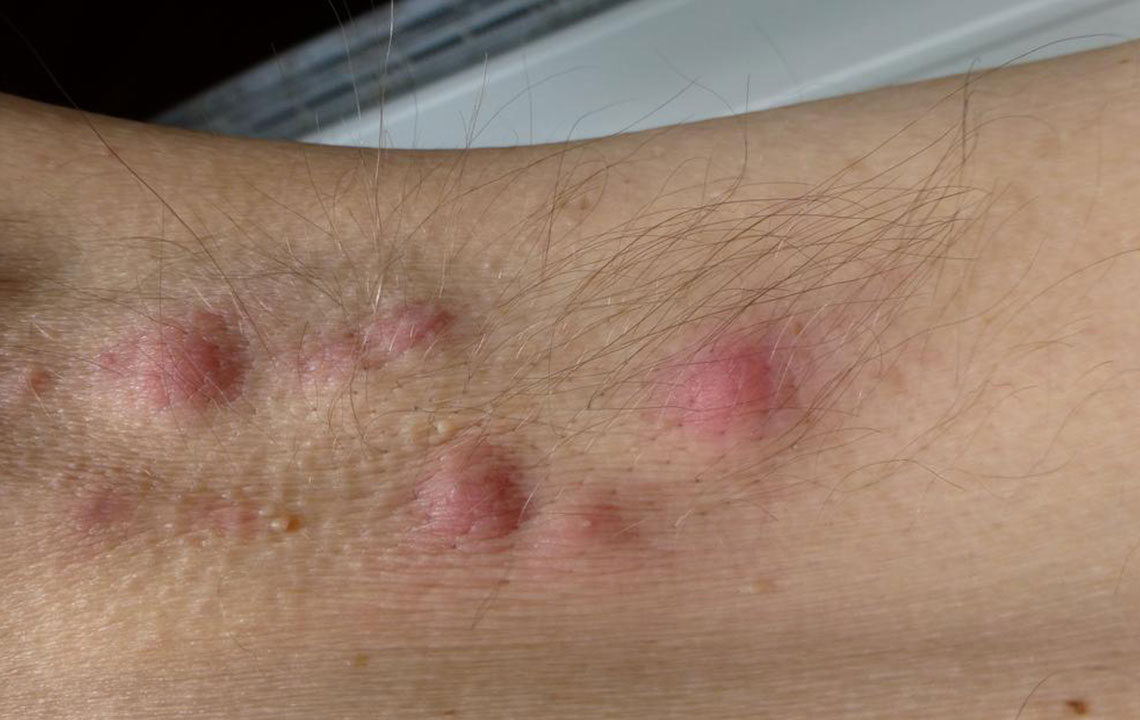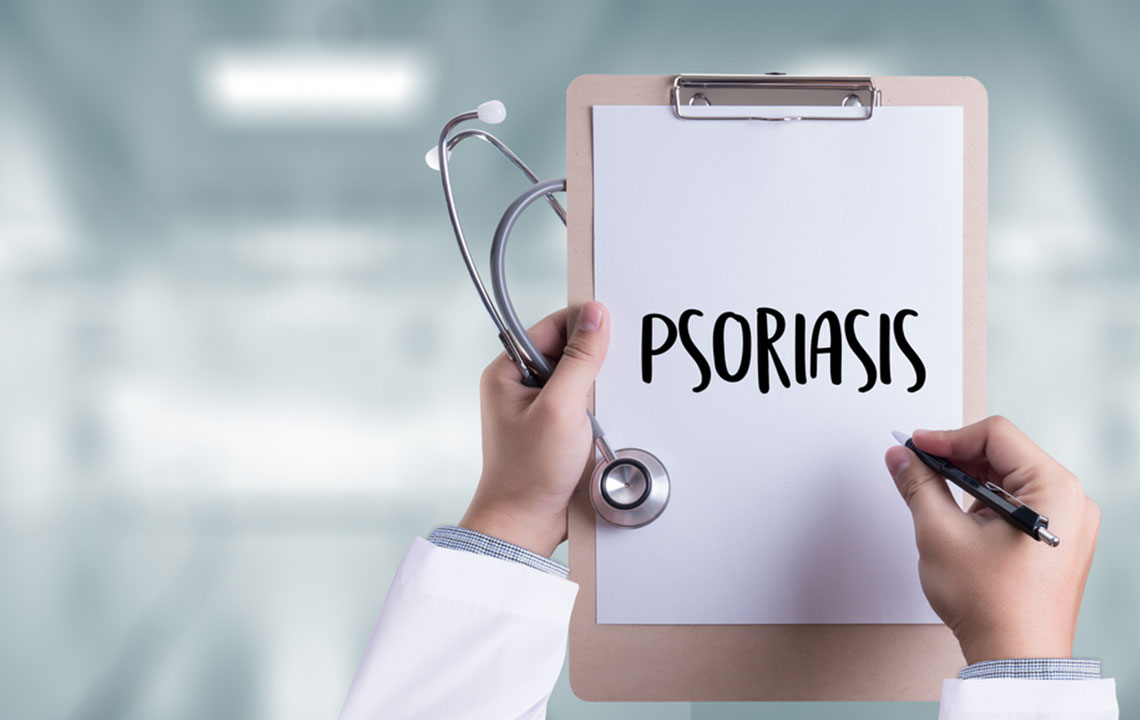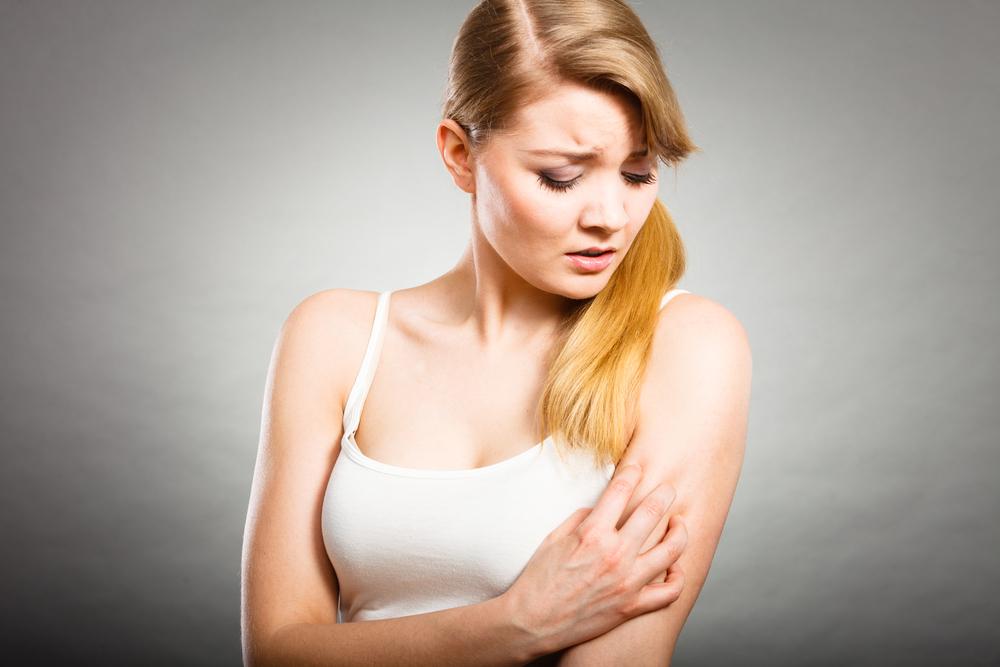A Complete Guide to Hidradenitis Suppurativa: Symptoms, Causes, and Treatment
Learn about Hidradenitis Suppurativa, a chronic skin condition causing painful abscesses in areas like the armpits and groin. This guide covers symptoms, causes, progression stages, and treatment options, helping patients understand and manage the disorder effectively.

Comprehensive Overview of Hidradenitis Suppurativa
Hidradenitis Suppurativa (HS) is a chronic skin condition marked by painful, swollen abscesses typically appearing in areas such as the armpits, beneath the breasts, groin, or around the anal region. It can also affect the thighs and buttocks due to ongoing skin friction. Over time, these abscesses can develop into boil-like formations that fill with pus, causing increased pain and hardness.
Often forming in clusters, these inflamed boils can lead to persistent drainage and open sores that are slow to heal, frequently resulting in scarring.
This condition, also called Acne Inversa, is a severe variation of acne affecting hair follicles in oil and sweat glands. It can strike one specific area or multiple regions simultaneously. The disease often manifests as persistent, painful lumps lasting weeks or months, causing ongoing discomfort.
Signs and Symptoms of HS
Symptoms include small, darkened skin pits known as blackheads, tender red lumps filled with pus, and painful areas that may enlarge and harden over time. As the disease progresses, lumps can form beneath the skin, creating tunnels that are slow to heal and prone to infection. Recognizing these signs early and seeking medical advice is vital, especially if symptoms worsen or recur after treatment.
Causes and Risk Factors of HS
The primary cause involves blockage and inflammation of hair follicles, often triggered by hormonal changes, metabolic shifts, or genetic predisposition. Immune system dysfunction may also contribute. Risk factors include age (especially 20-30 years old), female gender, family history, obesity, diabetes, arthritis, and severe acne. These factors increase the likelihood of developing HS.
Progression Stages of Hidradenitis Suppurativa
The disease develops in three stages: initial small abscesses without scarring; spreading, recurrent lesions with tunnel formation; and extensive interconnected tracts causing widespread abscesses. Severity levels from mild to very severe are classified based on clinical evaluation, including blood tests, ultrasound, and bacterial cultures, aiding diagnosis and treatment planning.
Management and Treatment Options
Maintaining good hygiene, such as regular bathing and using medicated soaps with antiseptic properties, helps prevent flare-ups. Weight management is crucial for lesions in thighs or buttocks to reduce friction. Medical treatments include antibiotics with anti-inflammatory effects like tetracycline, doxycycline, and minocycline. Additional therapies may involve retinoids, corticosteroids, and immunosuppressants. Early intervention and consistent skin care are essential to controlling symptoms and preventing progression.










